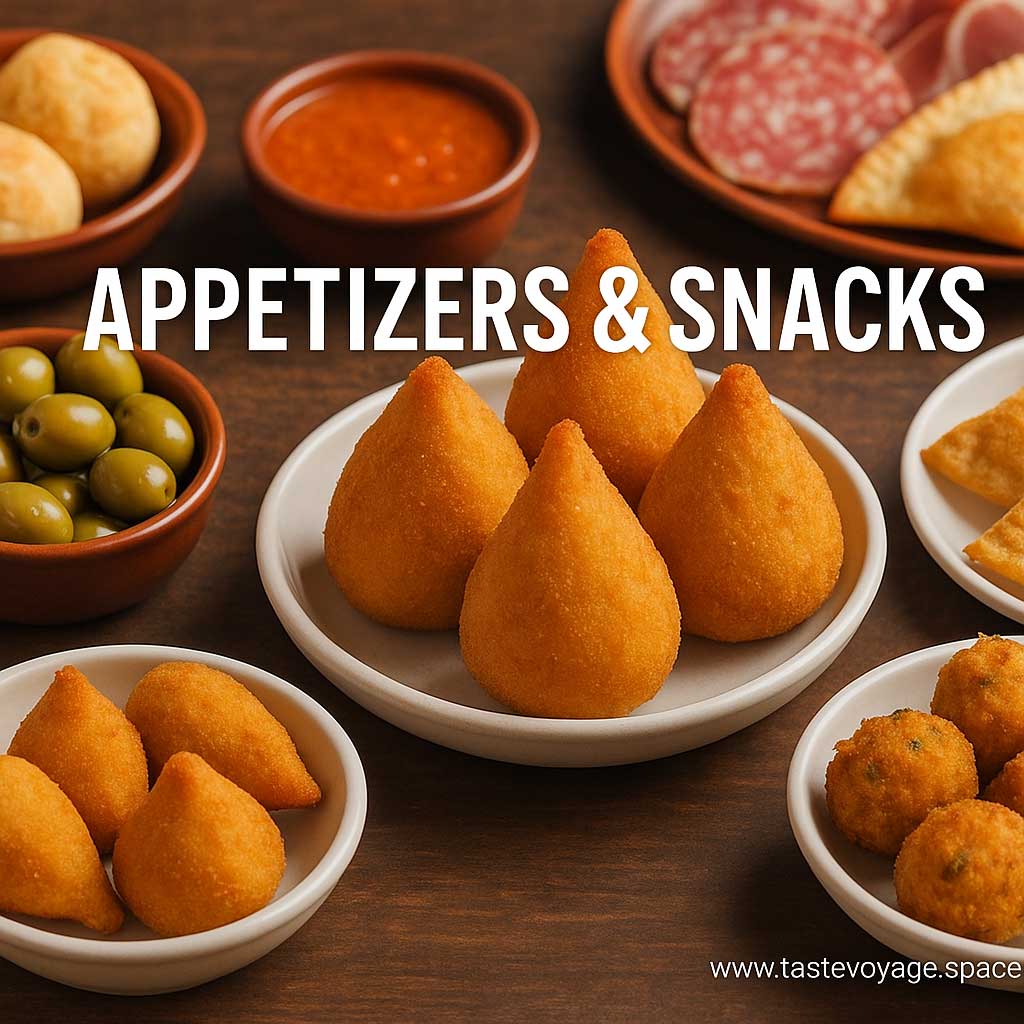Authentic Acarajé Recipe: Bahian Black-Eyed Pea Fritters
Travel the World Through Food >> Appetizers & Snacks>>Brazilian Cuisine>> Authentic Acarajé Recipe: Bahian Black-Eyed Pea Fritters
Authentic Acarajé Recipe: Bahian Black-Eyed Pea Fritters
Discovering Acarajé: A Bahian Culinary Treasure
Acarajé is more than just a delicious snack—it’s a vibrant expression of Bahian culture and culinary artistry. Originating from the beautiful state of Bahia in Brazil, this dish exemplifies the rich tapestry of flavors and traditions that define the region. Known for its crispy exterior and savory core, acarajé has become an iconic symbol of Bahian culinary identity.
Cultural Significance of Acarajé
Acarajé holds a special place in the hearts of many in Bahia. It is often enjoyed during festivals, community gatherings, and street markets, bringing people together to celebrate shared heritage. Its preparation and consumption are deeply rooted in local customs and social rituals. Vendors who sell acarajé are community custodians, preserving age-old recipes and techniques passed down through generations.
The dish also embodies a sense of pride and resilience. It reflects the region’s history of creativity and adaptation, showcasing how local ingredients can be transformed into a world-class delicacy. As an integral part of Bahian identity, acarajé is more than food; it is a celebration of community, tradition, and cultural expression.
Culinary Significance of Acarajé
Culinarily, acarajé stands out for its unique blend of flavors and textures. The key ingredient, black-eyed peas, is skillfully processed into a smooth, seasoned paste. This mixture is then shaped into balls and deep-fried to achieve a crispy golden crust. The exterior provides a satisfying crunch, while the inside remains soft and flavorful.
Typically, acarajé is served stuffed with various fillings, such as spicy vatapá or caruru, and topped with fresh herbs and hot sauce. Its flavor profile offers an inviting combination of earthiness, spice, and richness, making it a favorite among food enthusiasts.
The dish’s preparation highlights the ingenuity and resourcefulness of Bahian cooks. It exemplifies how simple, locally available ingredients can be crafted into a complex and satisfying dish. The ritual of making acarajé is a cherished tradition, often involving communal effort and shared stories.
A Symbol of Culinary Harmony
Acarajé beautifully illustrates the harmony between various culinary influences and local ingredients. Its crispy exterior, savory filling, and aromatic accompaniments create a balanced and memorable taste experience. The dish also emphasizes the importance of Street Food culture in Bahia, where vendors serve up fresh, authentic acarajé to locals and visitors alike.
Celebrating Acarajé
In conclusion, acarajé is much more than a tasty treat. It is a culinary emblem that celebrates the rich, diverse, and enduring traditions of Bahia. Whether enjoyed at a lively street market or during a festive gathering, acarajé invites everyone to savor the flavors and stories of this remarkable region. It stands as a testament to the artistry of Bahian Cuisine and its vital role in fostering community and cultural pride.
Experience the magic of acarajé—where every bite tells a story of heritage, flavor, and tradition.
